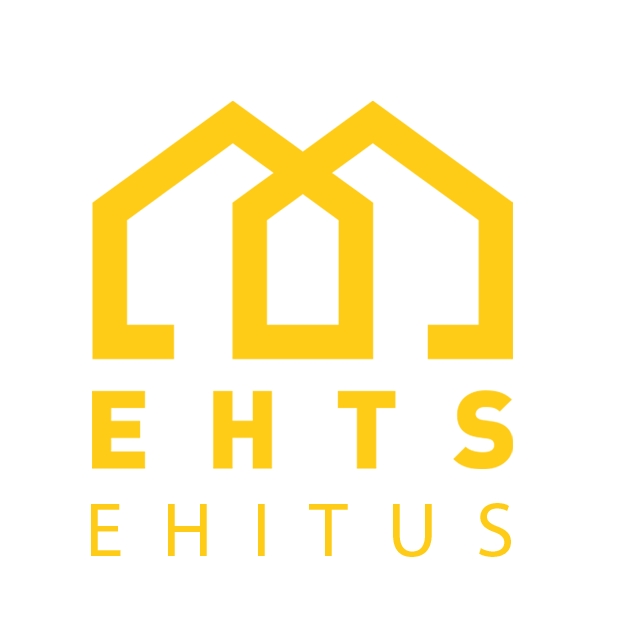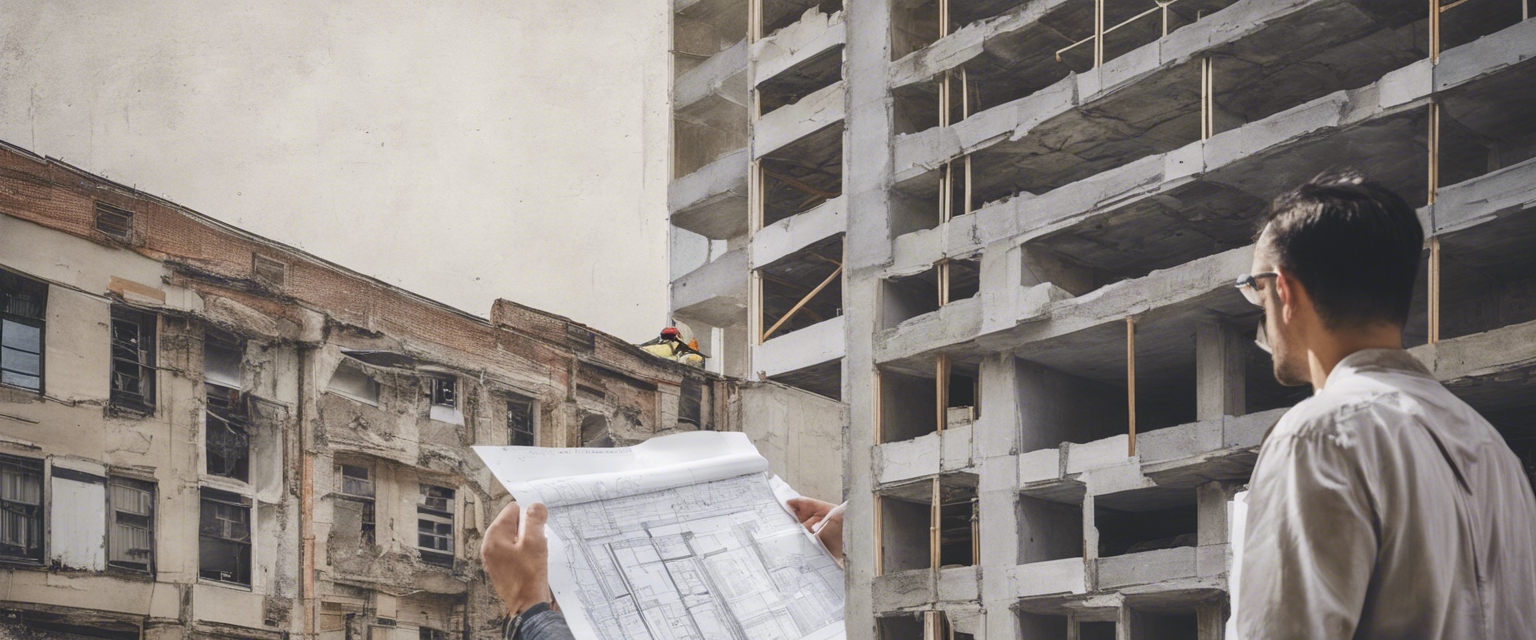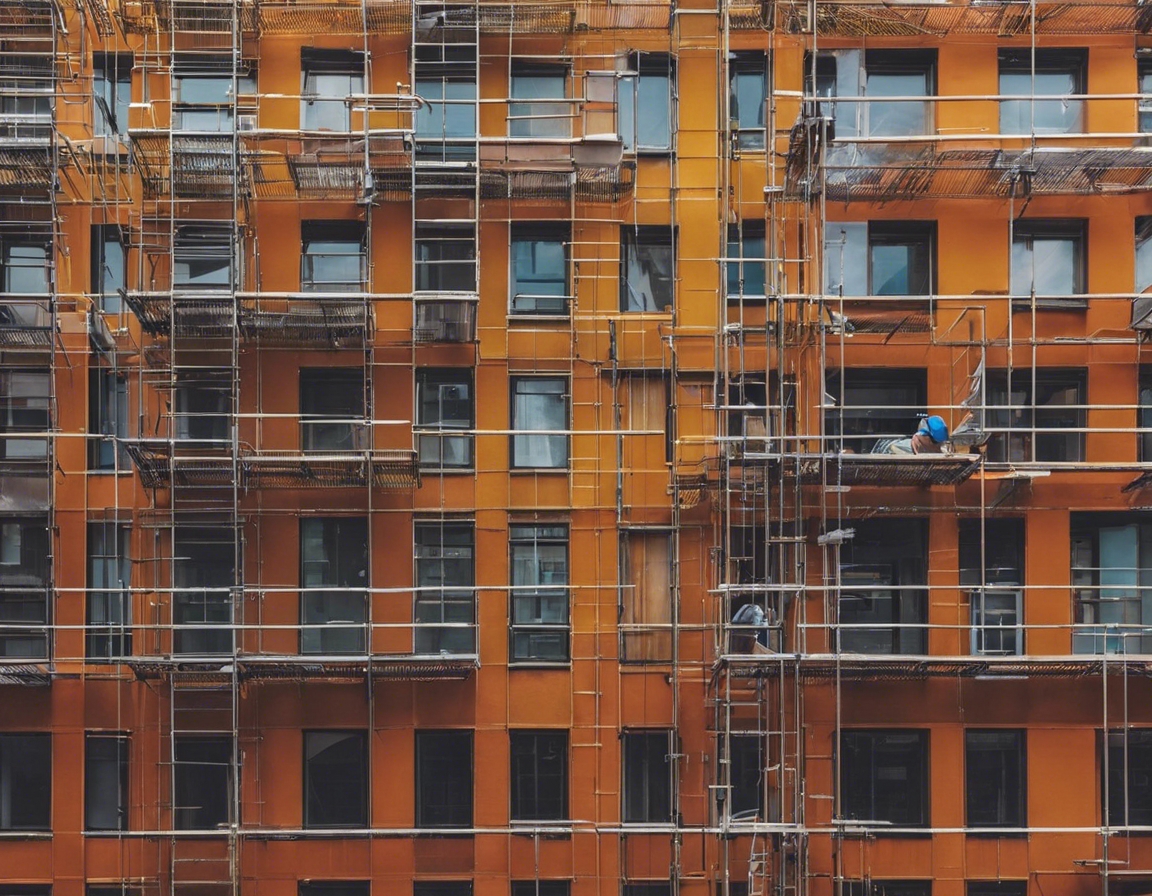5 trends shaping the future of apartment renovations
The landscape of apartment renovations is rapidly evolving, driven by technological advancements, environmental concerns, and changing lifestyles. As we look to the future, several key trends are emerging that are set to redefine the way we think about and execute apartment renovations. In this post, we'll explore five trends that are shaping the future of apartment renovations, offering insights for property developers, apartment association boards, and homeowners who are looking to stay ahead of the curve.
1. Smart Home Technology Integration
Home automation systems are becoming increasingly sophisticated, allowing residents to control lighting, heating, cooling, and even window treatments with the touch of a button or a simple voice command. These systems not only provide convenience but also help in reducing energy consumption.
Smart thermostats and energy management systems can learn a homeowner's habits and adjust the home's environment accordingly, leading to significant savings on utility bills and a reduced carbon footprint.
Advanced security systems with smart locks, cameras, and alarms can be integrated into the home network, offering peace of mind and the ability to monitor one's home remotely.
2. Sustainable and Eco-Friendly Materials
There is a growing demand for materials that are not only aesthetically pleasing but also environmentally responsible. Recycled and reclaimed materials are becoming popular choices for flooring, countertops, and other finishes.
Modern renovations often include the installation of energy-efficient appliances that use less electricity and water, further contributing to a home's sustainability.
More developers and homeowners are aiming for green building certifications like LEED, which can increase a property's value and appeal to environmentally conscious buyers.
3. Space Optimization and Multi-Functional Areas
As urban living spaces become smaller, the need for innovative storage solutions has never been greater. Custom cabinetry and built-in units can maximize space without compromising on style.
Rooms that can serve multiple purposes, such as a home office that doubles as a guest room, are becoming essential in modern apartment layouts.
The trend towards open-plan living continues to grow, with many homeowners knocking down walls to create a sense of spaciousness and fluidity between living areas.
4. Health and Wellness Focused Design
Designs that maximize natural light and improve ventilation not only look better but also contribute to the occupants' health and well-being.
The use of non-toxic, low-VOC paints and finishes is on the rise, as homeowners become more aware of the health impacts of indoor air quality.
Incorporating elements of nature into the home, such as living walls or water features, can improve air quality and create a calming, restorative environment.
5. Advanced Building Techniques and Materials
3D printing technology is beginning to make its way into the construction industry, allowing for the creation of custom components and even entire structures with reduced waste and increased efficiency.
Modular construction techniques, where parts of a home are prefabricated off-site and then assembled on-site, can significantly reduce construction time and costs.
New materials such as self-healing concrete, aerogels for insulation, and transparent aluminum are just a few examples of the innovations that are making buildings more durable, efficient, and futuristic.






Comments (0)